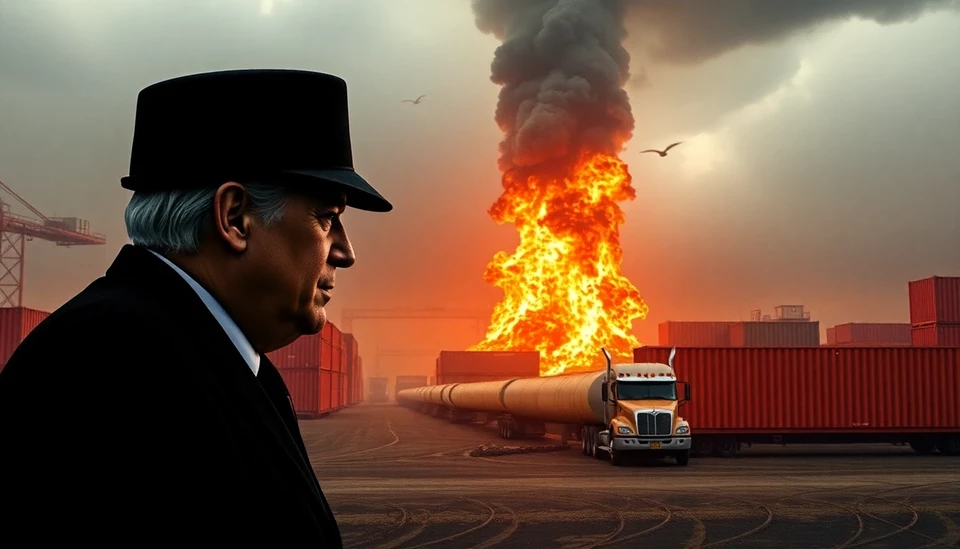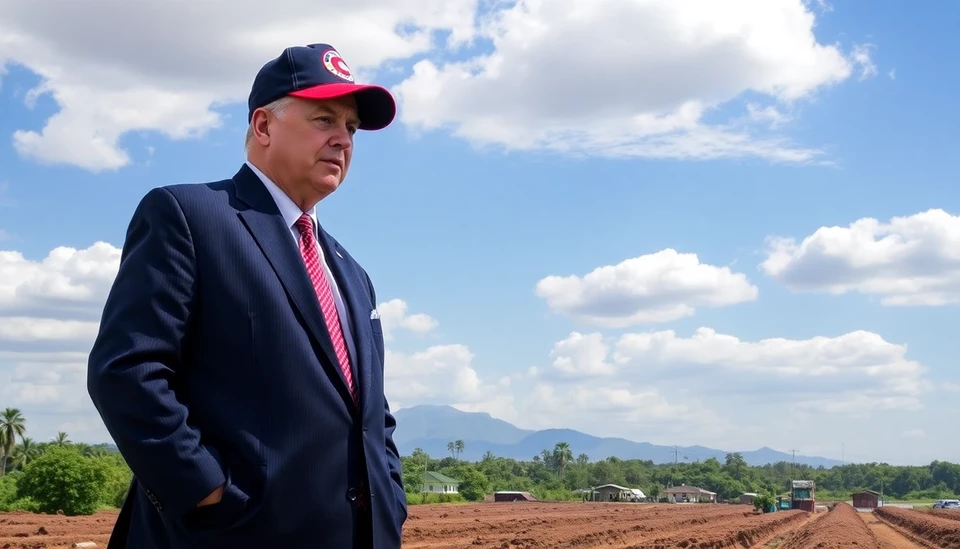
In a significant development that has sent ripples through the financial sector, the ramifications of former President Donald Trump’s tariff policies are unfolding into a colossal $700 billion crisis for major banking institutions. This disruption has reignited concerns among economists and financial analysts regarding the sustainability of the institutions at the forefront of international trade and finance.
As businesses navigate the complexities introduced by these tariffs, financial giants are grappling with increased volatility in their investment portfolios. The unpredictable nature of the tariffs has resulted in heightened uncertainty, prompting banks to reevaluate their risk exposure and capital allocation strategies. Major players such as JPMorgan Chase and Bank of America are now tasked with maneuvering through a labyrinth of economic consequences that were partly set in motion during the Trump administration.
At the heart of this turmoil is the strategic imposition of tariffs on a myriad of goods, which aimed to protect domestic industries but has inadvertently led to inflated costs for consumers and businesses alike. The financial repercussions of these measures are culminating in a storm that threatens to unleash extensive economic upheaval.
Analysts point to a rising trend of defaults and financial distress among companies impacted by these tariffs. Many businesses find themselves in precarious situations as they struggle with the burden of increased operational costs and reduced competitiveness in the global market. Consequently, banks that have extended loans to these vulnerable sectors could face significant credit losses, further amplifying the crisis unfolding within the banking industry.
Moreover, the market's response to the ongoing tariff debacle has been one of jitteriness, leading to fluctuations in stock prices and investor sentiment. Banks are observing rising interest rates as borrowing costs increase, making it harder for businesses to obtain necessary financing. As the situation escalates, these lending institutions must proceed cautiously, implementing strategic measures to mitigate risks while attempting to sustain profits amidst economic instability.
The uncertainty surrounding future trade policies adds another layer of complexity to the ongoing crisis. With the Biden administration taking a different approach to trade relations, banking executives are keenly evaluating how changes in policy could further impact market dynamics. The looming fear of an economic downturn continues to be a driving force behind strategic adjustments within major banks.
In summary, the legacy of Trump’s tariff initiatives is now morphing into a substantial challenge, carrying the potential for widespread ramifications in the financial landscape. The $700 billion storm brewing for big banks encapsulates a precarious intersection of economic policy, market fluctuations, and corporate health. As these institutions brace for the fallout, the ongoing developments in trade relations will undoubtedly play a pivotal role in determining their immediate and long-term viability.
As the financial world steers through this unpredictable environment, several questions loom large: how will banks adapt to ongoing tariff-related challenges? What strategies will they employ to protect their stakeholders? And, perhaps most pressing, how can they navigate an increasingly turbulent economy?
#TrumpTariffs #BanksCrisis #Economy #FinancialNews #TradePolicy #MarketVolatility #InvestmentRisk
Author: Samuel Brooks




